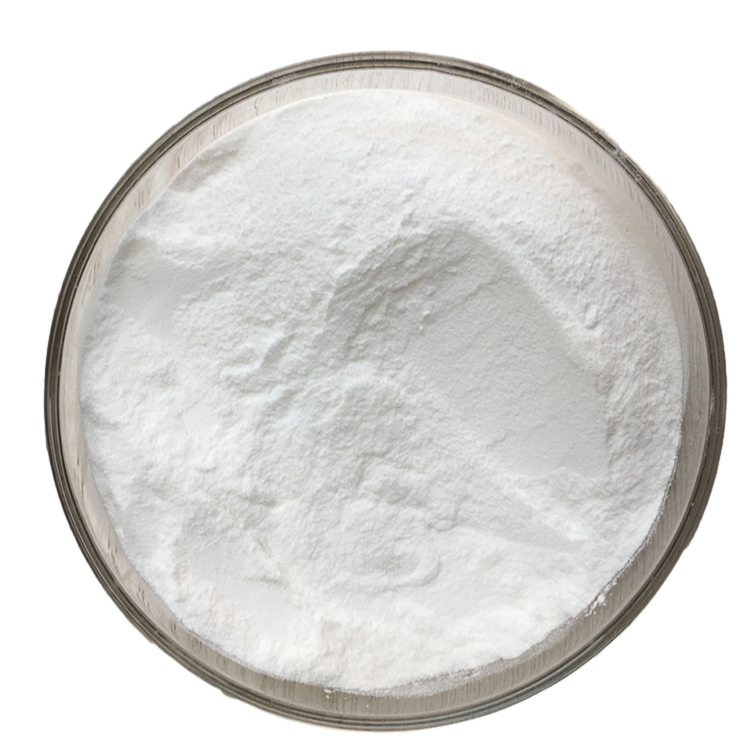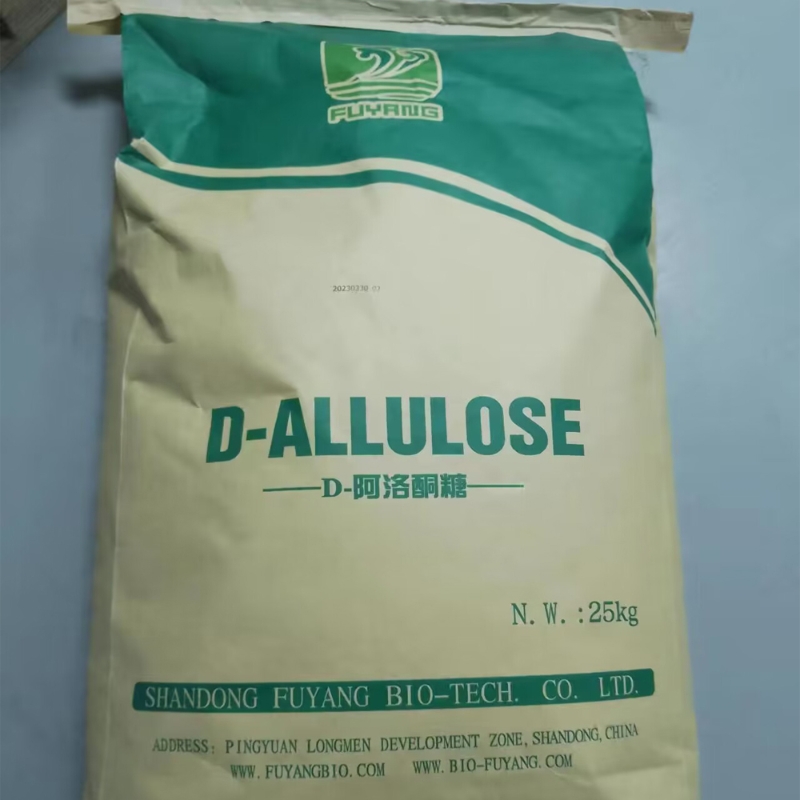-
Categories
-
Pharmaceutical Intermediates
-
Active Pharmaceutical Ingredients
-
Food Additives
- Industrial Coatings
- Agrochemicals
- Dyes and Pigments
- Surfactant
- Flavors and Fragrances
- Chemical Reagents
- Catalyst and Auxiliary
- Natural Products
- Inorganic Chemistry
-
Organic Chemistry
-
Biochemical Engineering
- Analytical Chemistry
- Cosmetic Ingredient
-
Pharmaceutical Intermediates
Promotion
ECHEMI Mall
Wholesale
Weekly Price
Exhibition
News
-
Trade Service
foodmate.
net/tag_3748.
html" class="zdbq" title="Food related food information" target="_blank">Food Safety Risk Analysis: Scientific Interpretation of " foodmate.
net/tag_1848.
html" class="zdbq" title="Sweetener-related food information" target="_blank">Sweeteners " May 26, 2016
Recently, information on the Internet about whether sweeteners can cause foodmate.
net/tag_463.
html" class="zdbq" title="Obesity-related food information" target="_blank">obesity has attracted attention.
What is a "sweetener"? What is the impact on human health? How to apply in the foodmate.
net/tag_1660.
html" class="zdbq" title="Food information related to the food industry" target="_blank">food industry ? What are the relevant foodmate.
net/tag_4570.
html" class="zdbq" title="Regulatory related food information" target="_blank">regulations and foodmate.
net/tag_134.
html" class="zdbq" title="Standard related food information" target="_blank">standards ? Recently, the State Food and Drug foodmate.
net/tag_4654.
html" class="zdbq" title="Supervise relevant food information" target="_blank">Supervision and foodmate.
net/tag_4604.
html" class="zdbq" title="Manage related food information" target="_blank">Management Bureau issued in 2016, No.
5, "food safety risk analysis", has organized experts to interpret sweetener.
1.
Sweeteners are widely used in the food industry
Sweeteners are substances that impart sweetness to food and belong to a category of food additives.
Sweeteners are divided into natural sweeteners and synthetic sweeteners.
According to China’s current " foodmate.
net/standard/sort/3/42543.
html" target="_blank">Food Additives Use Standards " (GB2760-2014), neotame, ammonium glycyrrhizinate, monopotassium and tripotassium glycyrrhizinate, D-mannitol, sodium cyclamate, maltitol and maltitol liquid, lactitol, Sucralose, aspartame, etc.
can be used as sweeteners in foods such as bread, cakes, biscuits, beverages, and condiments.
There are five main advantages of sweeteners.
First, the chemical properties are stable, the decomposition failure phenomenon is not easy to occur, and the scope of application is relatively wide.
Second, it does not participate in the body's metabolism.
Most high-strength sweeteners are excreted from the body after oral intake and do not provide energy.
They are suitable for special consumer groups such as diabetic, obese and elderly people who need to control their energy and carbohydrate intake.
Third, the sweetness is relatively high, generally more than 50 times the sweetness of sucrose, and some can reach hundreds or thousands of times.
Fourth, the price is cheap, and the price under the same sweetness conditions is lower than that of sucrose.
Fifth, it is not a suitable substrate for oral microbes and will not cause dental caries.
Sweeteners are an important type of food additives for the food industry.
They have been widely used in more than 100 countries and regions including the United States, the European Union and China, and some varieties have been used for more than 100 years.
2.
It is safe to use sweeteners rationally in accordance with the standards, but it is still necessary to pay great attention to the over-range and over-limit use of sweetener
According to the regulations of GB2760, the maximum amount of sweeteners in foods allowed to be used is usually specified.
These regulations are formulated under the premise of rigorous risk assessment to ensure safety, and are basically the same as those in other permitted countries.
On the other hand, the highest authority in the world for the safety evaluation of food additives-the Joint Food Additives Expert Committee (JECFA) of the Food and Agriculture Organization of the United Nations and the World Health Organization Chronic, mutagenicity, carcinogenicity, reproductive toxicity, chronic toxicity, etc.
), metabolic pathways and kinetics, etc.
), and metabolic pathways and kinetics, etc.
, will undergo a long-term "rigorous" scientific evaluation, and on this basis, the allowable daily intake Daily Intake, ADI).
Various factors such as race, gender, age, etc.
have been fully considered when formulating the ADI value.
JECFA believes that the normal intake of sweeteners in accordance with the ADI value does not pose a safety problem.
As long as the sweetener is used correctly in accordance with relevant regulations and standards, it will not cause harm to human health.
However, judging from the results of the 2015 food safety supervision and sampling inspections published by the General Administration of Food and Drug Administration, the proportion of unqualified samples due to the use of food additives exceeding the scope and limit is relatively high.
Among them, there are also unqualified sweeteners.
The product.
The reason may be that the manufacturer does not understand the relevant standards and the technical management level is not high, and it is not ruled out that individual manufacturers deliberately use it illegally in order to save production costs.
Third, the intake of partial replacement of sugar by sweeteners is a development trend
The development of sugar-free and low-sugar food and beverage products is relatively fast in the world, and the intake of partial replacement of sugar by sweeteners has become a global development trend.
With the development of the world food industry and consumers' demand for more low-calorie or no-calorie foods, it is also a trend to develop and apply more safe and high-power new sweeteners.
Therefore, experts recommend: First, increase the promotion and implementation of standards and regulations and strengthen supervision.
It is recommended to strengthen the publicity and implementation of relevant laws, regulations and standards, and strengthen the “use of food additives including sweeteners for the purpose of concealing quality defects in the food itself or in the processing process, or for the purpose of adulteration, adulteration, or forgery” Supervision and disposal of behavior.
Second, food production enterprises must strictly abide by relevant standards and regulations.
Strictly comply with the requirements of GB2760, and reduce the use of food additives including sweeteners in foods as much as possible on the premise of achieving the expected results, and do not exceed the range or limit.
The third is to strengthen science popularization and rationally disseminate scientific knowledge.
It is suggested that various methods should be adopted to increase the promotion and popularization of food safety knowledge, and promptly sound scientific voices to spread positive energy.
Reports related to sweeteners should be scientific and comprehensive, and should not be demonized.
Fourth, consumers should understand the relevant knowledge of food additives and pay attention to reasonable diet.
Consumers should look at food additives rationally and pay attention to purchasing products from formal channels.
For consumers who love sweets, especially diabetic patients, it is recommended that on the basis of reasonable diet, balanced nutrition, and control of total energy intake, they can choose to replace some or all of the sugar-added foods with sweeteners.






